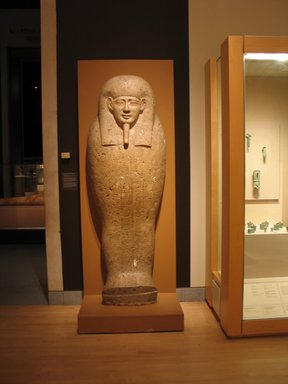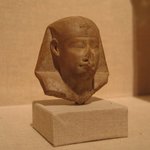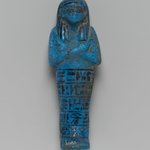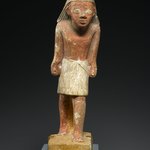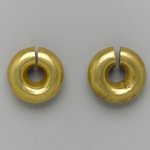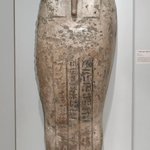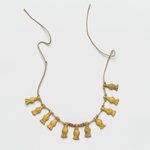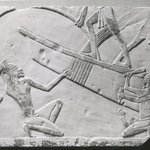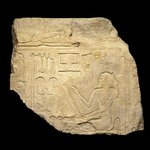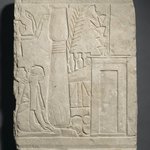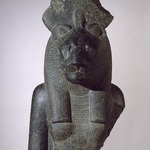

Sarcophagus Lid for Pa-di-Inpu, ca. 305–30 B.C.E. Limestone, 82 × 26 × 15 in., 1500 lb. (208.3 × 66 × 38.1 cm, 680.4kg). Brooklyn Museum, Charles Edwin Wilbour Fund, 34.1222. Creative Commons-BY (Photo: , 34.1222_edited_PS2.jpg)

Sarcophagus Lid for Pa-di-Inpu, ca. 305–30 B.C.E. Limestone, 82 × 26 × 15 in., 1500 lb. (208.3 × 66 × 38.1 cm, 680.4kg). Brooklyn Museum, Charles Edwin Wilbour Fund, 34.1222. Creative Commons-BY (Photo: Brooklyn Museum, 34.1222_PS2.jpg)

Sarcophagus Lid for Pa-di-Inpu, ca. 305–30 B.C.E. Limestone, 82 × 26 × 15 in., 1500 lb. (208.3 × 66 × 38.1 cm, 680.4kg). Brooklyn Museum, Charles Edwin Wilbour Fund, 34.1222. Creative Commons-BY (Photo: , 34.1222_detail_PS9.jpg)

Sarcophagus Lid for Pa-di-Inpu, ca. 305–30 B.C.E. Limestone, 82 × 26 × 15 in., 1500 lb. (208.3 × 66 × 38.1 cm, 680.4kg). Brooklyn Museum, Charles Edwin Wilbour Fund, 34.1222. Creative Commons-BY (Photo: Brooklyn Museum, CUR.34.1222_wwg8.jpg)
Sarcophagus Lid for Pa-di-Inpu
Egyptian, Classical, Ancient Near Eastern Art
Pa-di-Inpu, the owner of this limestone sarcophagus lid, served as a scribe attached to the cult of Inpu (Anubis to the Greeks), lord of the city of Hardai, and was named for the god. He also served as a royal scribe and as a priest in a cult of the goddess Hathor.

